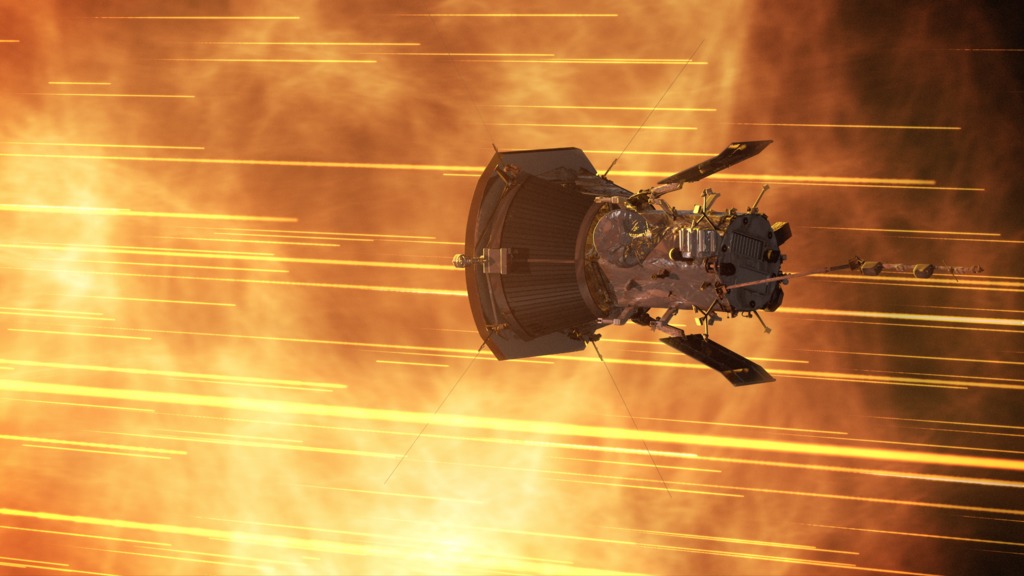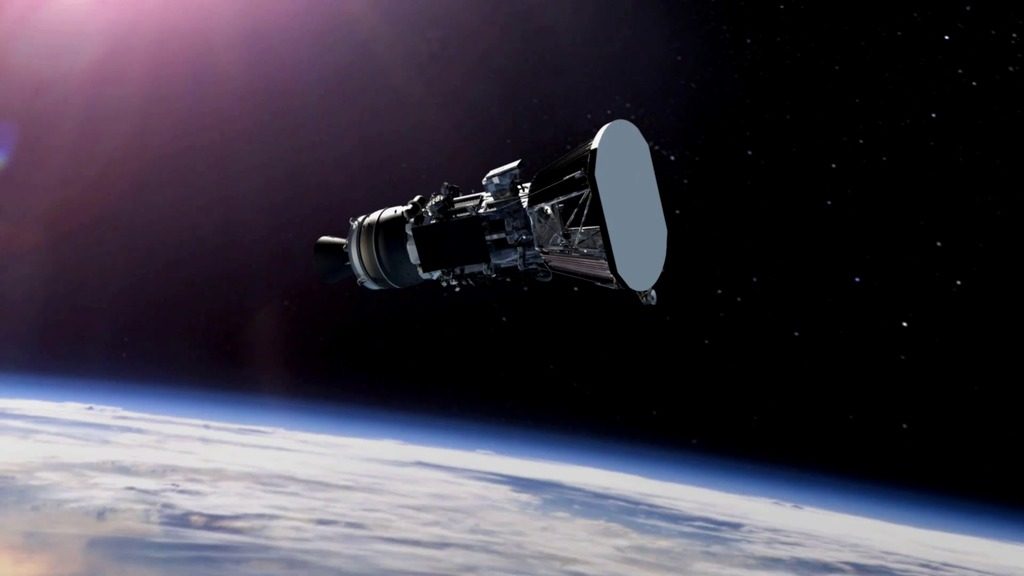Many thanks to SWLing Post contributor, Marty, who shares the following article from Popular Science:
NASA’s solar probe reveals stunning results after swooping in close to the sun
Rogue plasma waves and sideways, 100,000-mile-per-hour solar winds abound.
The sky is full of stars, but only one sits within our reach. Even as close as it is, the sun poses plenty of mysteries that can’t be solved from Earth. Odd patterns in sunlight during solar eclipses suggest that the corona, the sun’s outermost bit of atmosphere, inexplicably burns hundreds of times hotter than its surface. And while researchers can catch whiffs of the solar wind—streams of charged particles emanating from the sun—here on Earth, a lot of valuable data washes away by the time it blows by us. Getting measurements from right up next to the sun is a better way to understand our giant, burning ball of gas.
That’s why NASA’s Parker Solar Probe has spent the last year swooping closer and closer to the sun. In its first two passes it encountered new features that may help explain both the corona’s extreme heat and the origins of the solar wind, researchers announced on Wednesday in a series of four publications in Nature. As humanity’s first close encounter with a stellar environment continues, further observations will help researchers better understand how solar weather affects Earth, as well as how all stars age and die.
“We needed to go right to the source,” said Nicola Fox, director of NASA’s Heliophysics Division in a press conference on Wednesday.
In November 2018 and April of this year, two of Parker’s orbits brought it closer to the sun than any spacecraft had been before. Diving toward the sun and looping around the back, the probe reached about 15 million miles from the star’s surface—roughly six times closer than the distance between the sun and the Earth. At the shortest parts of its dive, the probe matched the speed of the sun’s rotation, in effect hovering above its surface. “We just sit over it, and let that part of the sun kind of wash over us,” says Kelly Korreck, head of Science Operations for one of Parker’s instrument suites that measures the solar wind.
Up close, the sun’s magnetic field and solar wind are both much more intense compared to what researchers can measure here on Earth, giving Parker an alien environment to explore. Korreck likens the craft’s experiences in the strong magnetic field to those of a diver entering the sea. “It’s kind of like going underwater,” she says. “Things sound different. You get different physics effects.”
Two features in particular came as surprises. The first were what the researchers are calling “rogue waves” in the magnetic field, which Parker registered as spikes in intensity and reversals in direction lasting for seconds to minutes as they rolled over the spacecraft. Dubbed Alfvén waves after Hannes Alfvén, a Swedish plasma physicist who won the 1970 Nobel prize in physics for their description, the phenomenon had been observed from Earth but never with such strength.[…]
Click here to continue reading the full article at Popular Science.
Also, check out this video from NASA:


